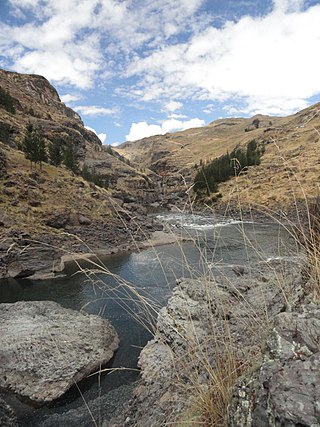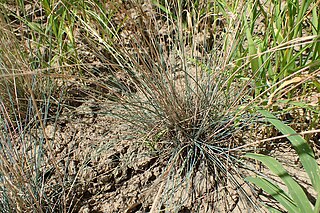Melica bonariensis is a species of grass endemic to Argentina where it can be found in such provinces as Buenos Aires, La Pampa, and Rio Negro.
Melica yajiangensis, is a species of grass that is endemic to China.
Melica glabrescens is a species of grass found in Buenos Aires and Río Negro, Argentina.
Melica decipiens is a species of grass that can be found in the mountains of Cordoba and San Luis provinces of Argentina.
Melica lilloi is a species of grass found in Catamarca and Tucumán provinces of Argentina at 3,200–3,500 metres (10,500–11,500 ft) above sea level.
Melica paulsenii is a species of grass endemic to Chile where it grows along the coastal cordillera at 50–700 metres (160–2,300 ft) above sea level.
Melica mollis is a species of grass endemic to Chile where it grows in rock crevices at 340 metres (1,120 ft) above sea level.
Melica minuta is a species of grass that can be found in the Mediterranean Basin, from Portugal and Morocco to the Eastern Mediterranean.
Melica radula is a species of grass endemic to China. It grows on grassy mountain slopes and larch forests at 300–1,200 metres (980–3,940 ft) above sea level.
Agrostis thurberiana is a species of grass that is native to northwest and southwest United States and Canada.
Festuca actae is a species of grass which can be found in New Zealand.

Festuca dolichophylla is a species of grass which is endemic to western South America with an occurrence in Costa Rica.
Festuca donax is a species of grass which can be found in Africa and Macaronesia.

Festuca beckeri is a species of grass which can be found in Central and Western Asia, and also in Europe.
Festuca pseudodalmatica is a species of grass which can be found in Central, Eastern and southeastern Europe.

Festuca psammophila is a species of grass which is endemic to Central Europe.
Festuca porcii is a species of grass which can be found in Central, Eastern, and southeastern parts of Europe.
Festuca polycolea is a species of grass which is endemic to India.
Festuca pilgeri is a species of grass which is endemic to East Africa.
Festuca picturata is a species of grass which can be found in Central, Eastern and southeastern Europe.


